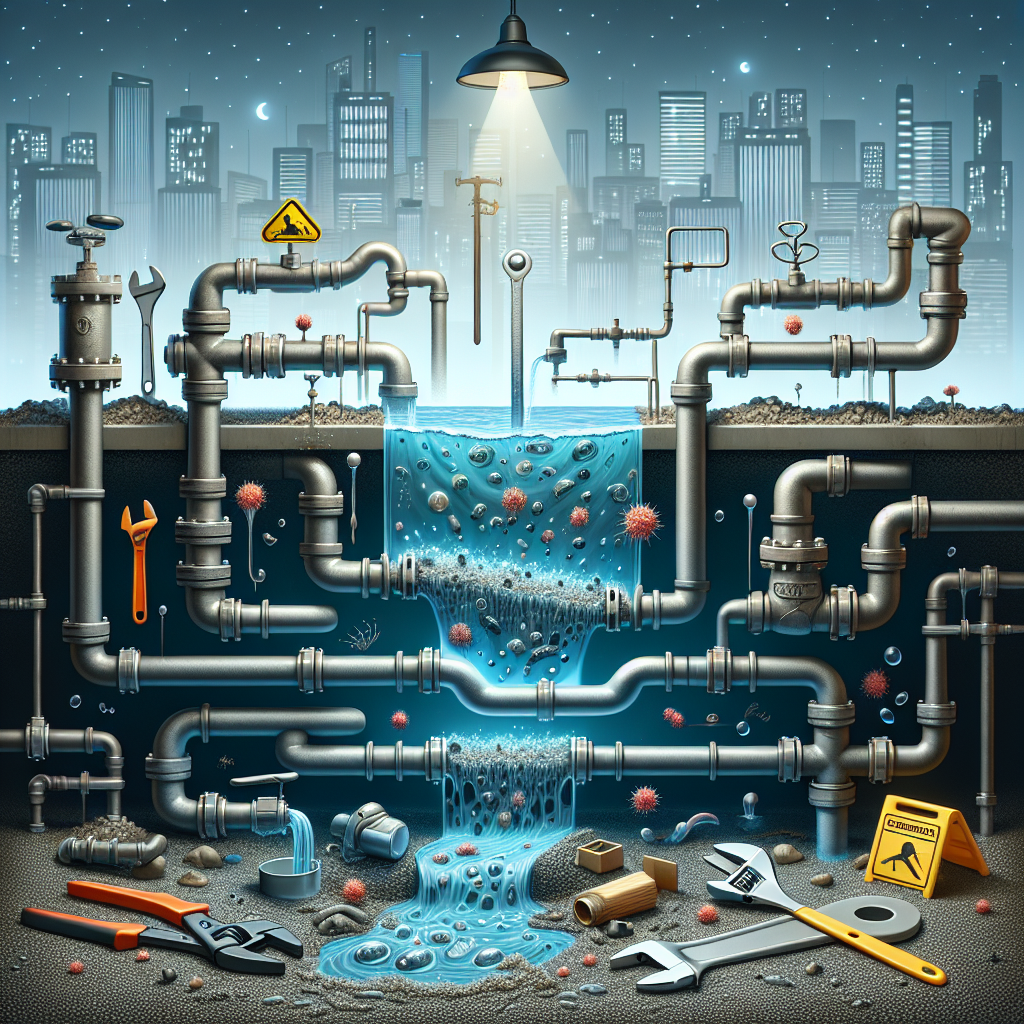When we think about plumbing, we often take for granted the clean, safe water flowing through our taps. However, there’s an often-overlooked risk in our plumbing systems: backflow. This phenomenon can introduce dangerous contaminants into our drinking water, compromising our health and safety. In this article, we’ll explore the dangers associated with backflow, how it occurs, and practical steps you can take to prevent it.
What is Backflow?
Understanding the Basics
Backflow is the unwanted reversal of the flow of water in a plumbing system, which can lead to contaminated water mixing with potable (drinkable) water. It typically occurs when there’s a sudden drop in water pressure, causing water from sources such as irrigation systems, toilets, or industrial operations to flow backward into the clean water supply.
How Does Backflow Happen?
Several factors can cause backflow, including:
- Backpressure: This occurs when the pressure in a non-potable system is greater than that in the potable system, forcing water back.
- Backsiphonage: A drop in water pressure creates a vacuum, pulling dirty water back into the clean water supply.
The Health Risks of Backflow
Hazardous Contaminants
Backflow can introduce harmful substances into your water supply, including pesticides, fertilizers, sewage, and various chemicals. These contaminants can lead to serious health issues, such as gastrointestinal illnesses, neurological disorders, and long-term health problems. Ensuring your water remains clean and safe is paramount.
Vulnerable Populations at Risk
Children, the elderly, and individuals with compromised immune systems are particularly susceptible to illnesses caused by contaminated water. Imagine serving a glass of water to your children, unaware of the potential dangers lurking in the pipes. This is why understanding backflow is crucial to safeguarding your loved ones.
How to Combat Backflow in Your Home
1. Install Backflow Prevention Devices
One of the most effective ways to combat backflow is through the installation of backflow prevention devices. These devices, which include pressure vacuum breakers and double-check valves, help maintain the integrity of your water supply by preventing any reverse flow.
2. Regular Inspection and Maintenance
Like any other part of your home, your plumbing system requires regular maintenance. Schedule inspections with a certified plumber to identify potential risks and ensure that all backflow prevention devices are functioning effectively.
3. Be Aware of High-Risk Activities
Certain activities pose a higher risk for backflow contamination. For instance, connecting your garden hose to a chemical sprayer can create a risk if not properly equipped with a backflow prevention device. Awareness is key—always use appropriate attachments for your hoses and avoid cross-connections.
4. Educate Your Family
Teach your family about the importance of clean water and the risks posed by backflow. Simple actions, such as not flushing inappropriate items down toilets and avoiding improper hose connections, can greatly reduce the chances of backflow occurrences.
Identifying Backflow Issues
Signs of Backflow Problems
There are a few warning signs indicating that backflow may be an issue in your household. Keep an eye out for:
- A sudden drop in water pressure
- Unpleasant odors coming from your faucets or drains
- Discoloration of tap water
- Sediment or particulate matter in your water
If you notice any of these signs, it’s vital to contact a professional plumber immediately.
Conclusion: Protecting Your Home and Health
Backflow is a hidden danger in many homes, potentially contaminating your drinking water and putting your family’s health at risk. By understanding what backflow is, recognizing the risks it poses, and taking proactive measures, you can help ensure the safety of your water supply.
Prioritize the installation of backflow prevention devices, stay informed about your plumbing system, and maintain open communication with your plumber. Remember, safeguarding your home and health starts with being proactive. You don’t just rely on your plumbing; you can also take steps to protect it.
By following the insights shared in Backflow 101, you can take charge of your water safety, ensuring that your home remains a safe haven for you and your loved ones.


